Home>Interior Design>How To Make A Moodboard: 6 Ways To Elevate Your Decor
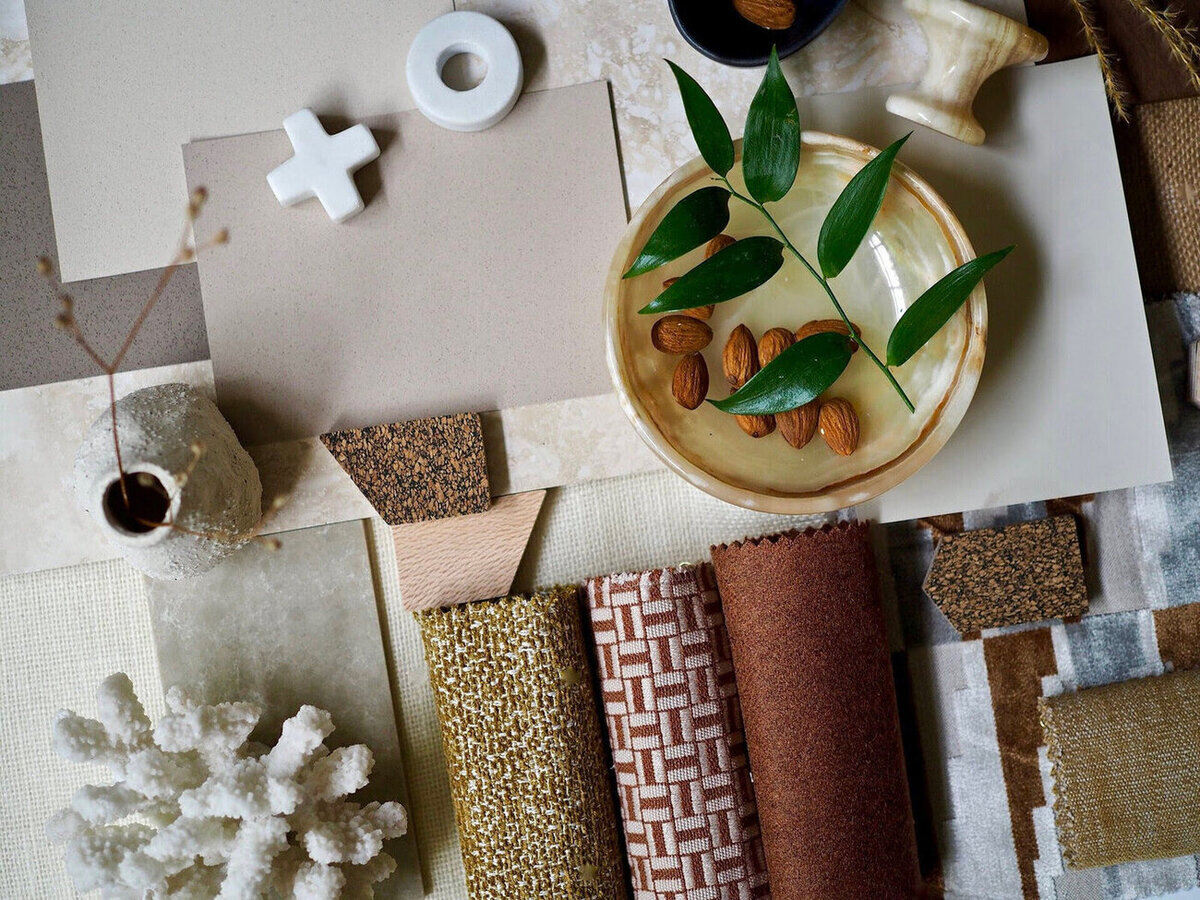

Interior Design
How To Make A Moodboard: 6 Ways To Elevate Your Decor
Modified: January 6, 2024
Learn how to make a moodboard and elevate your decor with these 6 interior design techniques. Enhance your space and create a harmonious atmosphere.
(Many of the links in this article redirect to a specific reviewed product. Your purchase of these products through affiliate links helps to generate commission for Storables.com, at no extra cost. Learn more)
Introduction: What is a moodboard and why is it important for decor?
When it comes to interior design and decor, creating a cohesive and visually appealing space is key. One tool that can help you achieve this is a moodboard. A moodboard is a collage of images, materials, textures, and colors that serve as a visual representation of your design concept and inspiration.
So why is a moodboard important for decor? Well, it’s like a roadmap for your design journey. It allows you to explore different ideas, experiment with various elements, and ultimately bring your vision to life. Whether you’re revamping a single room or renovating an entire home, a moodboard can be a valuable tool that helps you stay focused and create a space that reflects your personal style.
With a moodboard, you can gather and organize your design ideas in one central place, allowing you to see how different elements work together before making any final decisions. It helps you visualize the overall look and feel of your space, making it easier to communicate your ideas to professionals such as interior designers, contractors, or even to tackle the project on your own.
Not only does a moodboard act as a source of inspiration, but it also serves as a reference point throughout the design process. It keeps you on track, ensuring that you stay true to your initial vision and goals. This can be especially helpful when faced with the overwhelming amount of choices available in the world of decor and design. Your moodboard will guide you in selecting the right furniture, colors, textures, patterns, and accessories that align with your aesthetic.
Moreover, a moodboard helps you establish a clear sense of style and cohesiveness in your decor. It allows you to see how different elements come together and whether they complement each other or clash. By visually analyzing your moodboard, you can identify any inconsistencies or gaps in your design concept and make necessary adjustments before implementing them in your space.
Overall, a moodboard is an essential tool for anyone undertaking a decor project. It not only helps you clarify and solidify your design ideas but also serves as a source of inspiration and guidance throughout the process. So, whether you’re a seasoned designer or a design enthusiast, don’t underestimate the power of a well-crafted moodboard. It can make all the difference in creating a beautiful and harmonious living space that truly reflects your unique style.
Key Takeaways:
- Elevate your decor vision with a well-crafted moodboard that provides clarity, inspiration, and guidance throughout your design journey. It’s a powerful tool for creating a cohesive and visually appealing living space that reflects your unique style.
- Utilize a moodboard to gather inspiration, define your theme, and organize materials for your decor project. With careful arrangement and thoughtful details, it becomes a valuable reference and guide, empowering you to make informed design decisions.
Gather Inspiration
To create a compelling moodboard for your decor project, the first step is to gather inspiration from various sources. Here are three ways you can gather inspiration:
Collecting images from magazines and books: Start by flipping through interior design magazines and books. Look for images that catch your eye and resonate with your design vision. Tear out or photocopy these images to include in your moodboard. Don’t limit yourself to just decor magazines; you can find inspiration in fashion, art, and travel publications as well.
Exploring online platforms for design inspiration: In this digital age, the internet is a treasure trove of design inspiration. Websites like Pinterest and Instagram are great platforms to discover a wide range of interior design styles, color schemes, furniture layouts, and DIY ideas. Create boards or save posts that inspire you, and later incorporate them into your moodboard.
Visiting design and home decor stores: A visit to design showrooms, home decor stores, and furniture galleries can provide hands-on inspiration. Explore different stores that align with your aesthetic and browse through their displays. Take photos or make notes of furniture pieces, decor accessories, and color combinations that catch your attention. These visual references will be valuable additions to your moodboard.
Remember, the goal at this stage is to amass a collection of images and ideas that resonate with your personal style and design goals. Take the time to curate a diverse mix of inspiration sources to ensure your moodboard reflects a well-rounded and unique vision.
Define Your Theme
Once you’ve gathered inspiration for your moodboard, it’s time to define the theme that will guide your decor project. Here are two important steps to help you define your theme:
Choosing a specific decor style or color palette: Start by identifying the decor style that appeals to you the most. Do you prefer modern and minimalist aesthetics? Or are you drawn to rustic and farmhouse-inspired designs? Take some time to research different decor styles and identify the one that resonates with your personal taste. Additionally, consider choosing a color palette that reflects the mood and atmosphere you want to create. Whether it’s a calming and serene ambiance with soft blues and neutrals, or a vibrant and energetic space with bold pops of color, selecting a color palette will help unify your design elements.
Determining the mood and atmosphere you want to create: Think about the emotions and ambiance you want your space to evoke. Do you want it to feel cozy and inviting, or sleek and sophisticated? Consider the purpose of the room – is it a relaxing retreat or a lively social space? Understanding the mood and atmosphere you want to create will inform your design decisions and help you choose the appropriate furniture, accessories, and lighting. Incorporate these ideas into your moodboard by including images and materials that convey the desired mood.
Defining your theme is crucial as it sets the tone for your decor project. It provides a clear direction for selecting furniture, textiles, and accessories that align with your chosen style and desired atmosphere. By incorporating your chosen decor style and color palette, as well as considering the mood and ambiance you want to create, your moodboard will effectively represent your vision and guide your design choices.
Collect Materials
To create a visually appealing moodboard, you’ll need to gather a few essential materials. Here are the materials you’ll need to collect:
Obtaining a corkboard or poster board: The foundation of your moodboard will be a corkboard or a poster board. Choose a size that suits your preferences and the amount of content you plan to include. A corkboard provides a practical and flexible surface for pinning images and materials, while a poster board offers a smooth backdrop for arranging and adhering your design elements.
Gathering pins, adhesive, or tape: Depending on the type of board you choose, you’ll need either pins or adhesive materials to secure your images and design elements. If you opt for a corkboard, pins will be necessary. Alternatively, if you choose a poster board, you can use double-sided tape or adhesive putty to attach your materials. Make sure you have enough pins or adhesive to keep everything in place securely.
Acquiring images, fabric samples, paint chips, and other design elements: Now it’s time to gather the design elements that will bring your moodboard to life. Print out or cut out images from magazines, books, or your own collection of inspiring visuals. Look for fabric samples, paint chips, and wall covering swatches that match your chosen color palette. Include photographs of furniture pieces, lighting fixtures, and other decor items that you plan to incorporate into your space. You can also collect any other design elements that inspire you, such as texture samples, architectural drawings, or even sketches of your own ideas.
The key to a successful moodboard is variety – gather a range of materials that represent different aspects of your desired decor. This will allow you to visualize how different elements work together and create a cohesive overall design. As you collect materials, keep in mind the size and scale of your board to ensure that everything fits comfortably without overwhelming the space.
By acquiring a corkboard or poster board, pins or adhesive materials, and a diverse selection of images, fabric samples, paint chips, and other design elements, you’ll be well-equipped to create a visually appealing and informative moodboard that accurately represents your design vision.
When creating a moodboard for your decor, be sure to include a variety of textures, colors, and patterns to add depth and visual interest to your design.
Organize and Arrange
Now that you have your materials gathered, it’s time to start organizing and arranging them on your moodboard. Here are three steps to help you create a visually appealing composition:
Sorting through your collected materials: Take some time to go through all the images, fabric samples, paint chips, and other design elements you’ve collected. Assess each item and consider how it contributes to your design concept. Sort them into categories such as furniture, color palette, textures, and patterns. This will help you streamline the arrangement process and ensure that your moodboard remains organized.
Arranging images and samples on the board: Begin by placing larger items, such as furniture images or fabric samples, at strategic positions on the board. This will anchor the composition and give you a framework to work with. Then, carefully arrange the rest of the materials around these focal points. Experiment with different placements, overlapping images, and creating visual connections between different elements. Play with scale and placement to create balance and visual interest.
Experimenting with different layouts and compositions: Don’t be afraid to rearrange and experiment with different layouts. Try placing images at different angles or grouping similar elements together. You can create a linear layout, a collage-style arrangement, or even a more structured grid. Allow yourself to explore different compositions and see what feels visually pleasing and cohesive to you. Remember, the purpose of the moodboard is to inspire and guide your design decisions, so trust your instincts and create a layout that resonates with your vision.
Throughout this process, step back and evaluate the overall composition from different angles. Consider how the materials interact with one another and whether the layout effectively communicates your design concept. Don’t be afraid to make adjustments as needed. You may find that certain images or elements don’t quite fit the overall aesthetic, and that’s okay. The goal is to create a curated moodboard that represents your vision and inspires your decor project.
By sorting through your collected materials, arranging them strategically on the board, and experimenting with different layouts and compositions, you’ll be able to create a visually appealing and cohesive moodboard that effectively communicates your design concept and inspires your decor decisions.
Add Details
Now that you have the foundation of your moodboard set, it’s time to add some extra details and tactile elements to enhance its visual appeal and depth. Here are three ways you can add more interest to your moodboard:
Including additional elements such as textured papers, patterns, or sketches: Look for textured papers or cardstock in various colors and patterns. Cut them into interesting shapes or add them as background layers to provide depth and dimension to your moodboard. Consider incorporating hand-drawn sketches or illustrations that reflect your design ideas. These additional elements can add a unique personal touch to your moodboard.
Incorporating fabric swatches, tile samples, or other tactile materials: Don’t limit your moodboard to just images. Include fabric swatches, such as pieces of upholstery or drapery fabric, to help visualize the texture and feel of the materials you plan to use in your decor. If you’re considering a new flooring or wall tile, include small samples to get a sense of their color and texture. By including tactile materials, you can better understand how different elements will interact and coordinate in your space.
Adding key decorative items like buttons, ribbons, or trimmings: Sometimes, it’s the little details that make a big impact in decor. Experiment with adding buttons, ribbons, lace, or other decorative trimmings to your moodboard. These elements can help accentuate specific design features or highlight particular colors. They can also provide inspiration for unique decor ideas or DIY projects.
As you add these additional details, be mindful of not overcrowding your moodboard. Strike a balance between visual interest and maintaining a clear and cohesive composition. Consider the overall aesthetic and theme of your design concept to ensure that the added elements complement and enhance the existing materials on the board.
The purpose of adding these details is to bring your design concept to life and help you envision the tangible aspects of your decor project. By incorporating textured papers, fabric swatches, tile samples, and decorative items, your moodboard will become a tactile representation of your vision, allowing you to better understand how different elements will come together in your space.
Evaluate and Refine
As you near the completion of your moodboard, it’s important to take the time to evaluate and refine the composition. Here are three steps to help you ensure that your moodboard is coherent and visually appealing:
Analyzing your moodboard for coherence and aesthetic appeal: Step back and analyze your moodboard as a whole. Look for consistency in design elements, color palette, and overall aesthetic. Does everything work together harmoniously? Consider whether the mood and atmosphere you wanted to create are conveyed effectively through the materials and arrangement on the board. Note any areas that may be lacking or need improvement.
Making adjustments to enhance the overall composition: Based on your analysis, make any necessary adjustments to enhance the composition. This could involve rearranging images, replacing certain elements, or reevaluating the balance of colors and textures. Consider eliminating any materials that may be distracting or not aligning with your design vision. Pay attention to negative space and ensure that there is a sense of balance and coherence throughout the moodboard.
Using the moodboard as a reference for decorating decisions: Once you are satisfied with the composition of your moodboard, it’s time to start using it as a reference for your decorating decisions. Your moodboard will serve as a visual guide throughout your decor project. Refer to it when selecting furniture, textiles, paint colors, and decor accessories. Use it as a reference point to ensure that every choice you make aligns with your overall design concept. The moodboard will help you stay true to your original vision and create a cohesive and well-designed space.
Remember, the evaluation and refinement process is subjective and personal to your vision. Trust your instincts and make adjustments that align with your personal preferences and design goals. The goal is to create a moodboard that not only inspires you but also effectively communicates your design concept to others.
By carefully analyzing your moodboard for coherence and aesthetic appeal, making necessary adjustments to enhance the overall composition, and utilizing the moodboard as a reference for your decorating decisions, you’ll have a powerful tool that will guide you in creating a beautiful and cohesive space that reflects your unique style and vision.
Conclusion: Utilizing a moodboard to elevate your decor vision
A well-crafted moodboard is more than just a collage of images and materials. It is a powerful tool that can elevate your decor vision by providing focus, inspiration, and guidance throughout your design journey. Here’s a recap of the benefits of utilizing a moodboard:
Clarity and Focus: A moodboard helps you clarify and define your design concept. By gathering inspiration and selecting a specific decor style or color palette, you create a clear vision for your space. This clarity allows you to make informed decisions and stay focused on your design goals.
Inspiration and Exploration: Gathering inspiration from various sources and exploring different design elements fuels your creativity and opens up possibilities. It expands your design horizons and encourages you to think outside the box. With a moodboard, you can experiment with different layouts, compositions, and tactile materials to truly bring your ideas to life.
Coherence and Cohesion: A moodboard acts as a visual roadmap for your decor project. It helps ensure that all the elements in your space work together harmoniously. By analyzing and refining your moodboard for coherence and aesthetic appeal, you can create a cohesive and visually pleasing design.
Reference and Guidance: Your moodboard becomes your go-to reference point as you make decorating decisions. It serves as a visual guide that helps you stay true to your design concept and make choices that align with your vision. It keeps you on track, preventing you from getting overwhelmed or going off-course.
Ultimately, a moodboard empowers you to bring your decor vision to life. It allows you to explore, experiment, and visualize your ideas before making any final decisions. It’s a tool that helps you communicate your design concept to professionals and collaborators, ensuring everyone is on the same page.
So, whether you’re redesigning a single room or transforming an entire space, don’t underestimate the power of a well-crafted moodboard. Use it as a starting point to gather inspiration, define your theme, and gather necessary materials. As you organize, arrange, and add details to your moodboard, you’ll refine your design concept and create a visual representation of your vision.
Through evaluation and refinement, your moodboard will become a valuable reference and guide throughout your decor project. It will help you make informed choices, maintain a cohesive design, and create a space that reflects your unique style and personality.
So, grab your corkboard or poster board, gather your materials, and let your creativity flow. With the power of a moodboard, you’ll elevate your decor vision and create a space that truly inspires and delights.
Frequently Asked Questions about How To Make A Moodboard: 6 Ways To Elevate Your Decor
Was this page helpful?
At Storables.com, we guarantee accurate and reliable information. Our content, validated by Expert Board Contributors, is crafted following stringent Editorial Policies. We're committed to providing you with well-researched, expert-backed insights for all your informational needs.
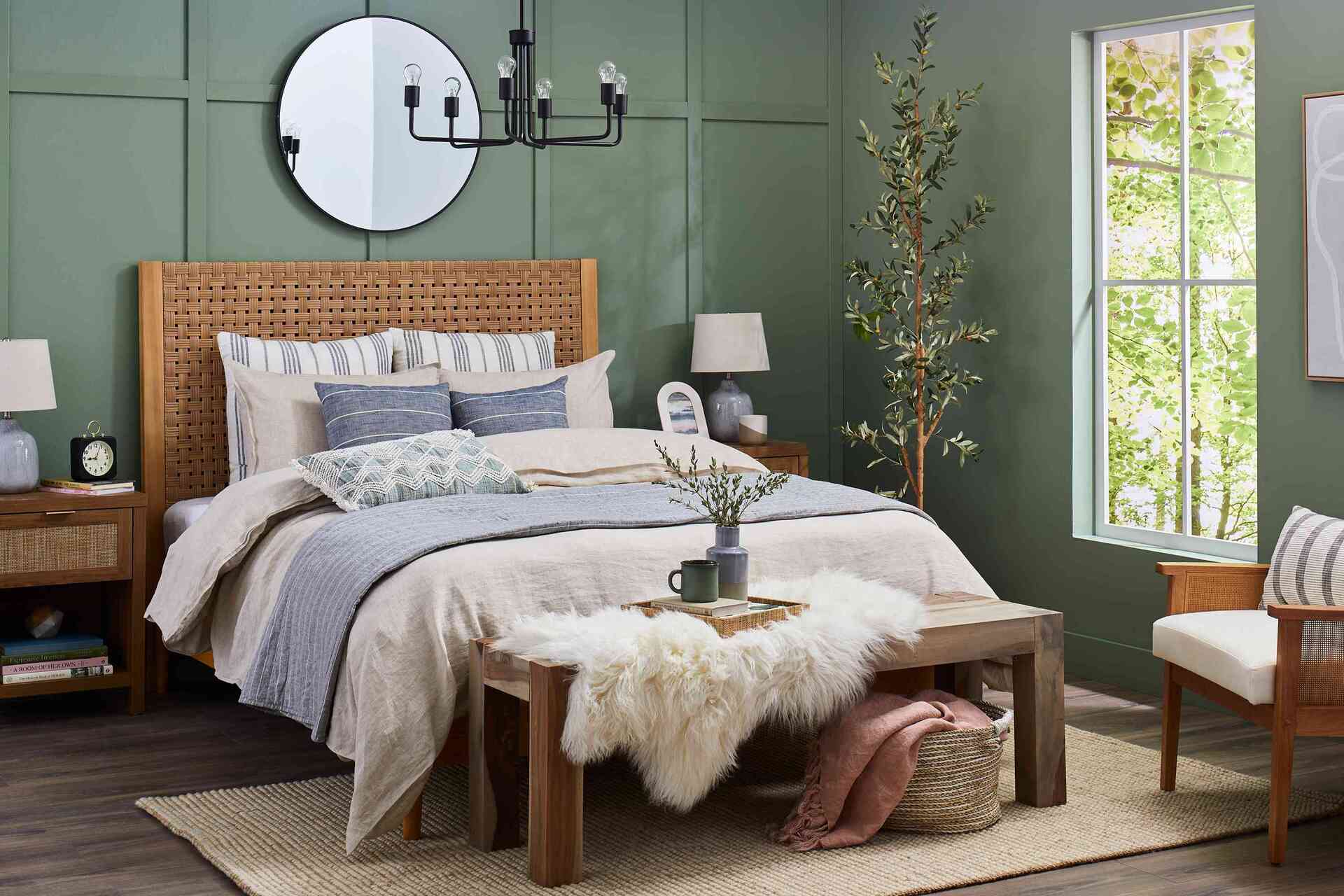
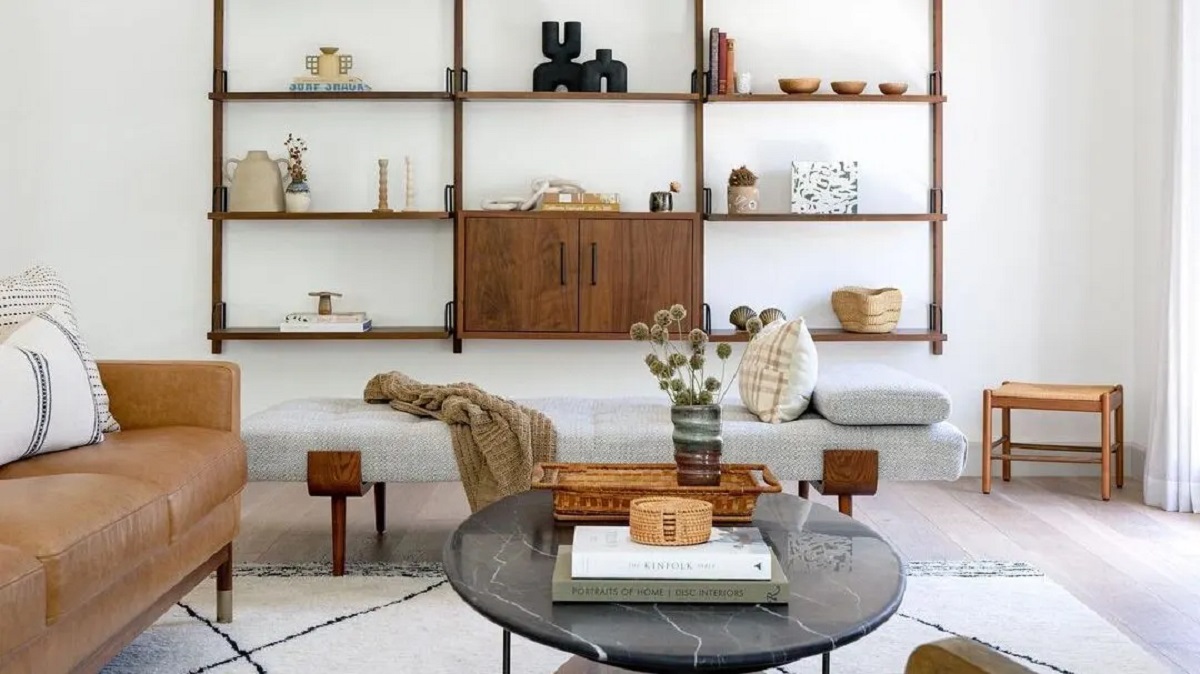
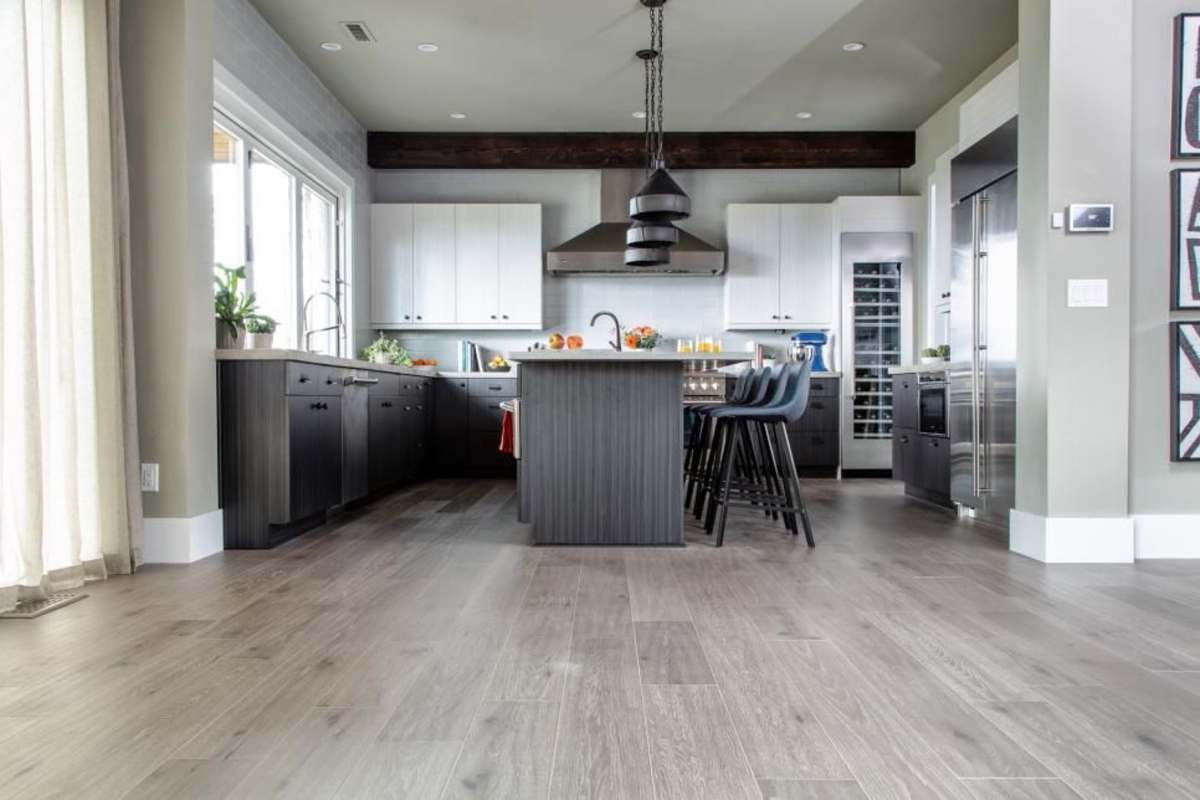
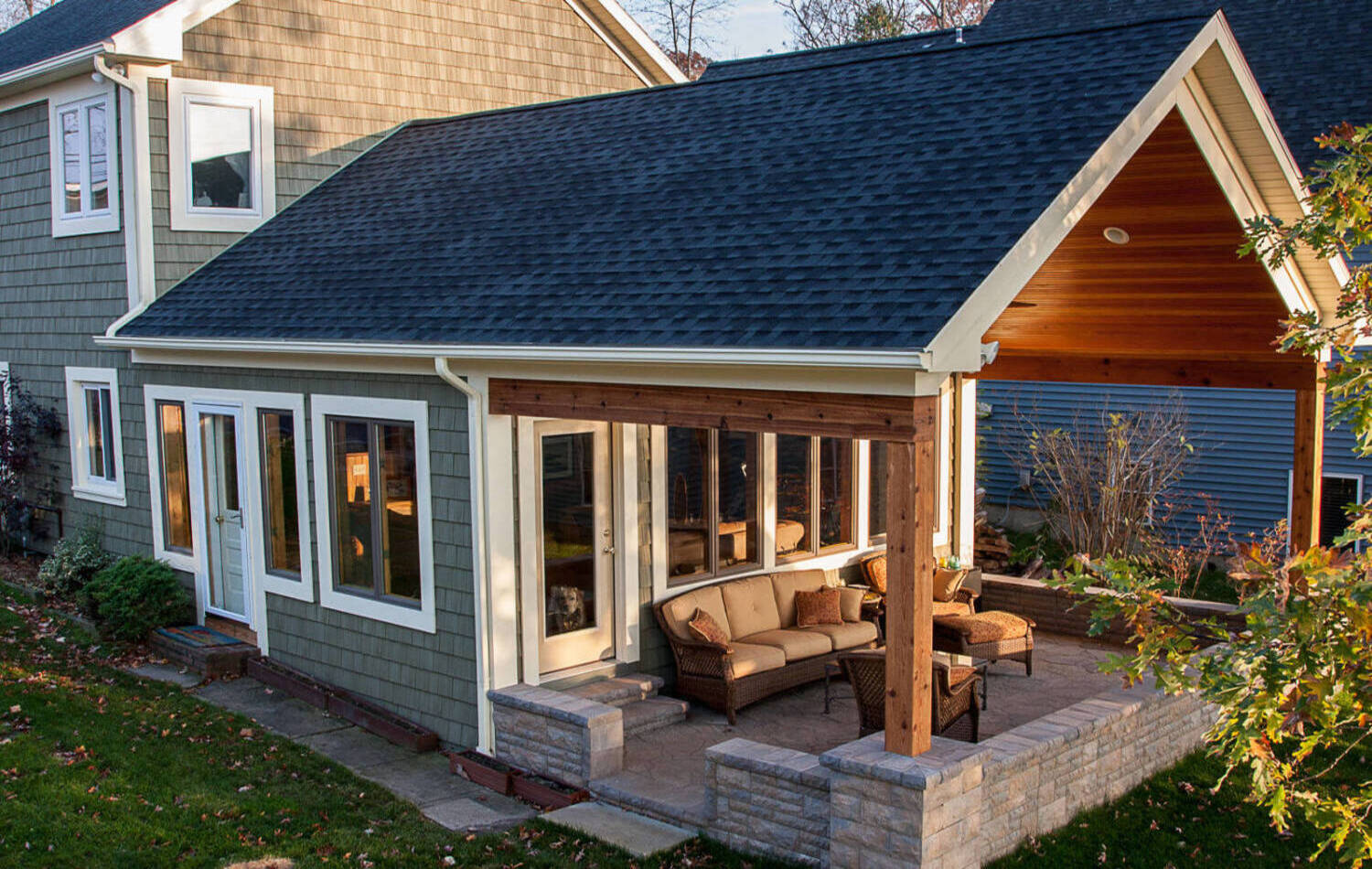
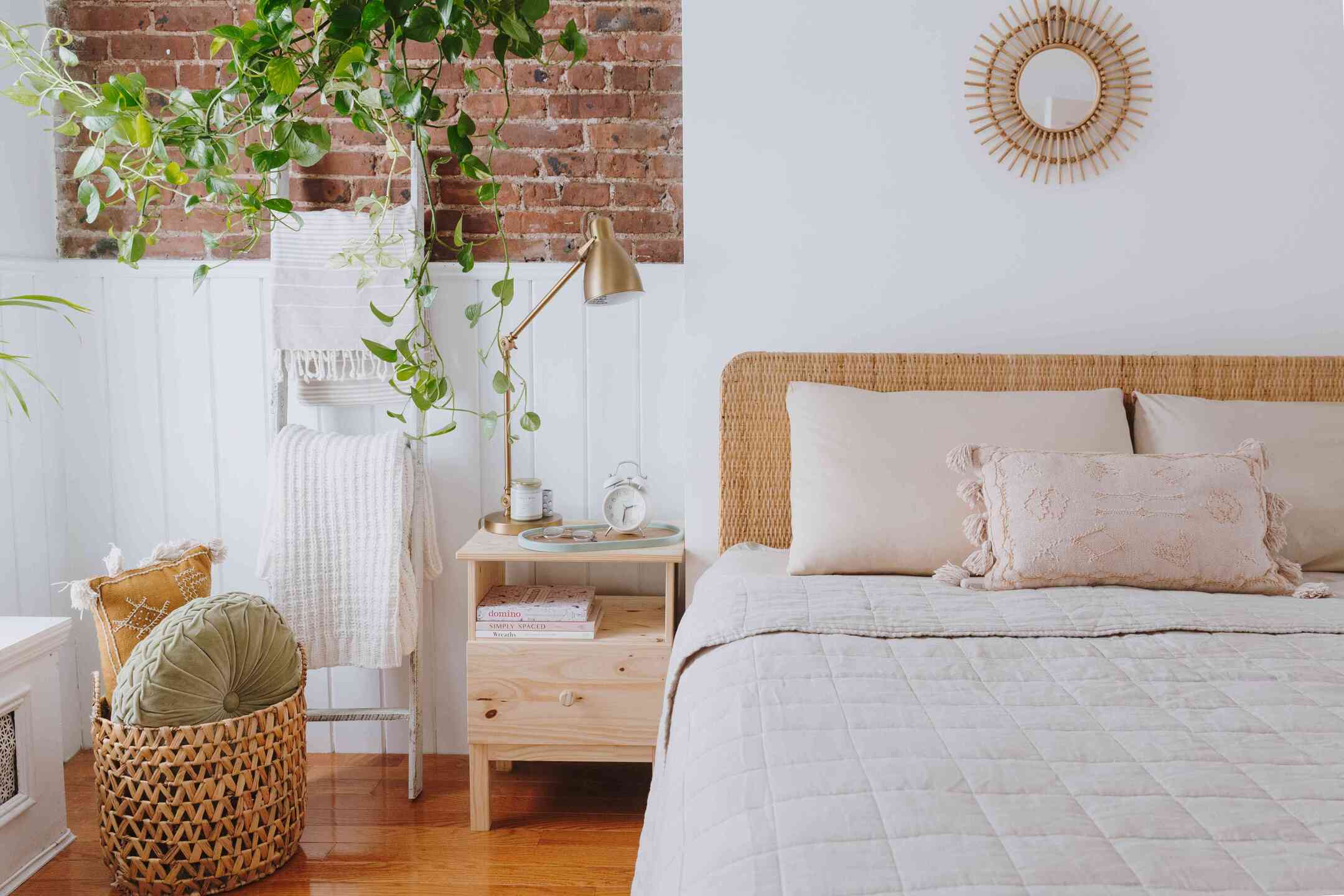

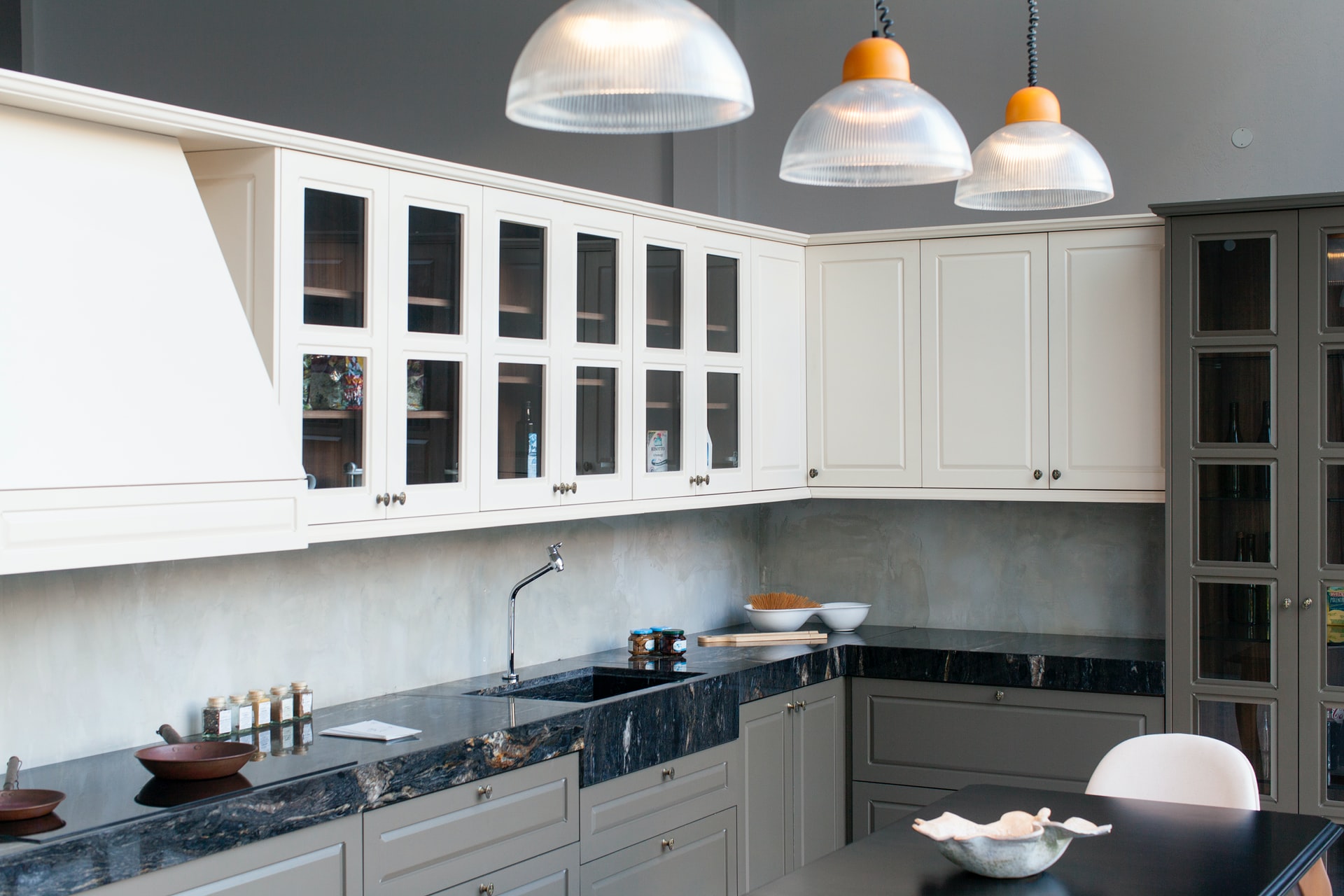
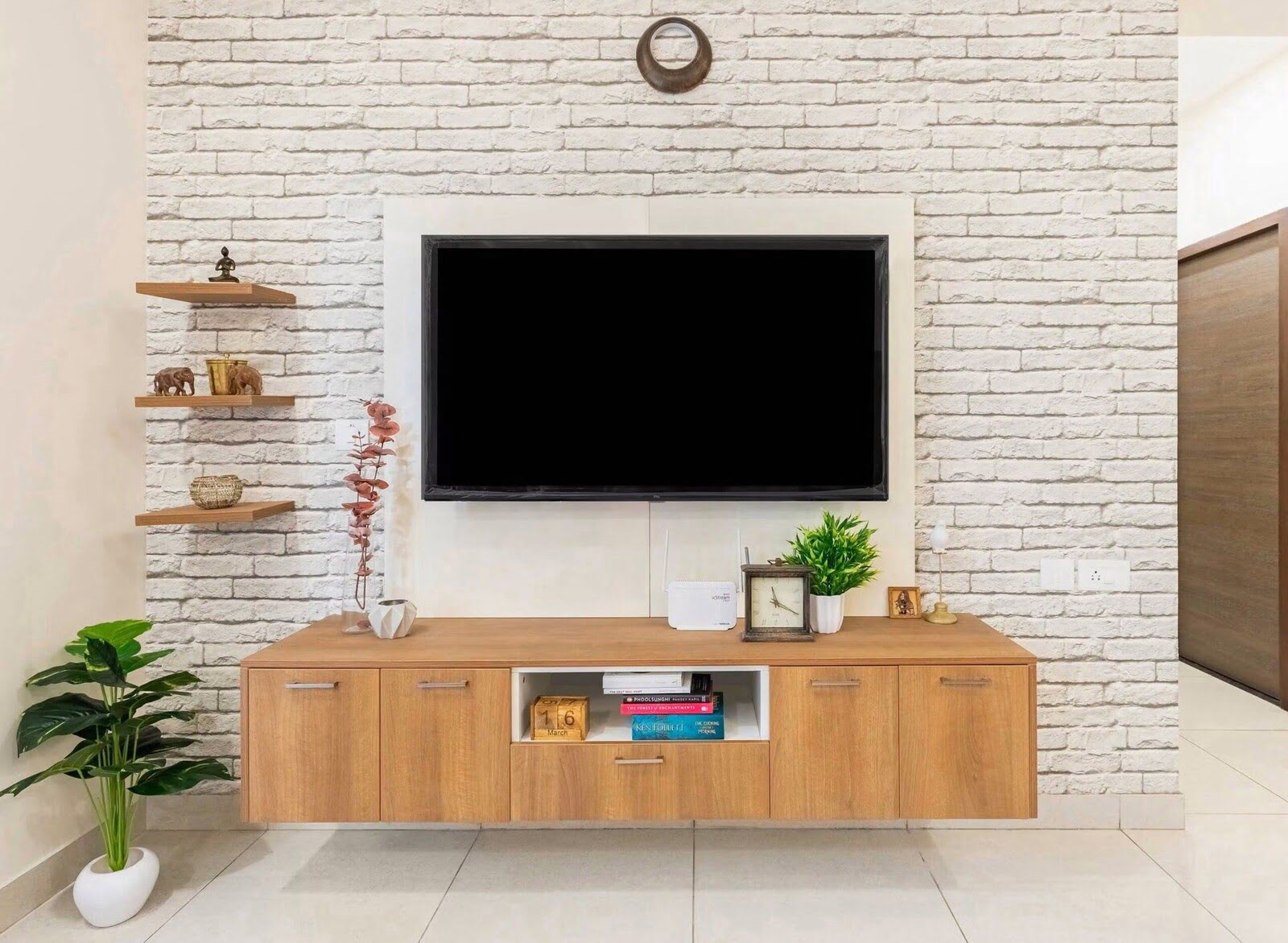
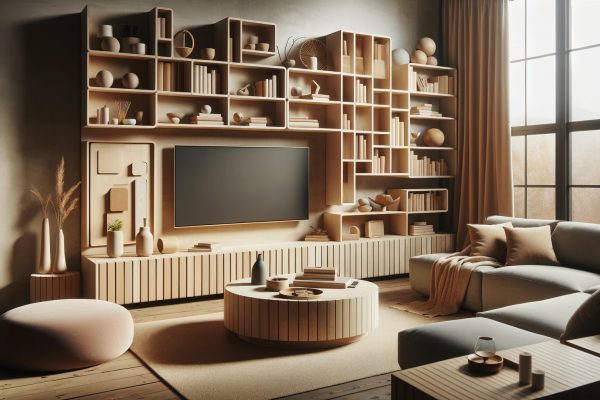
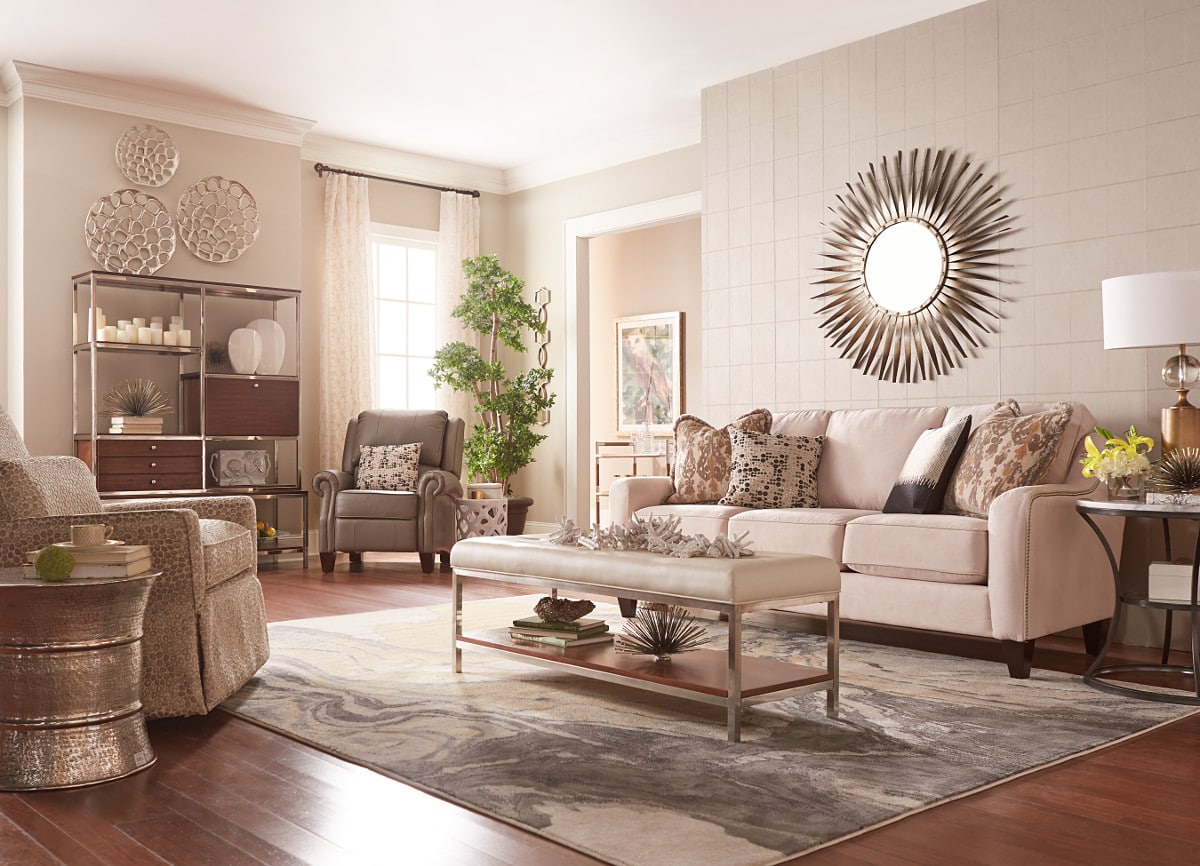
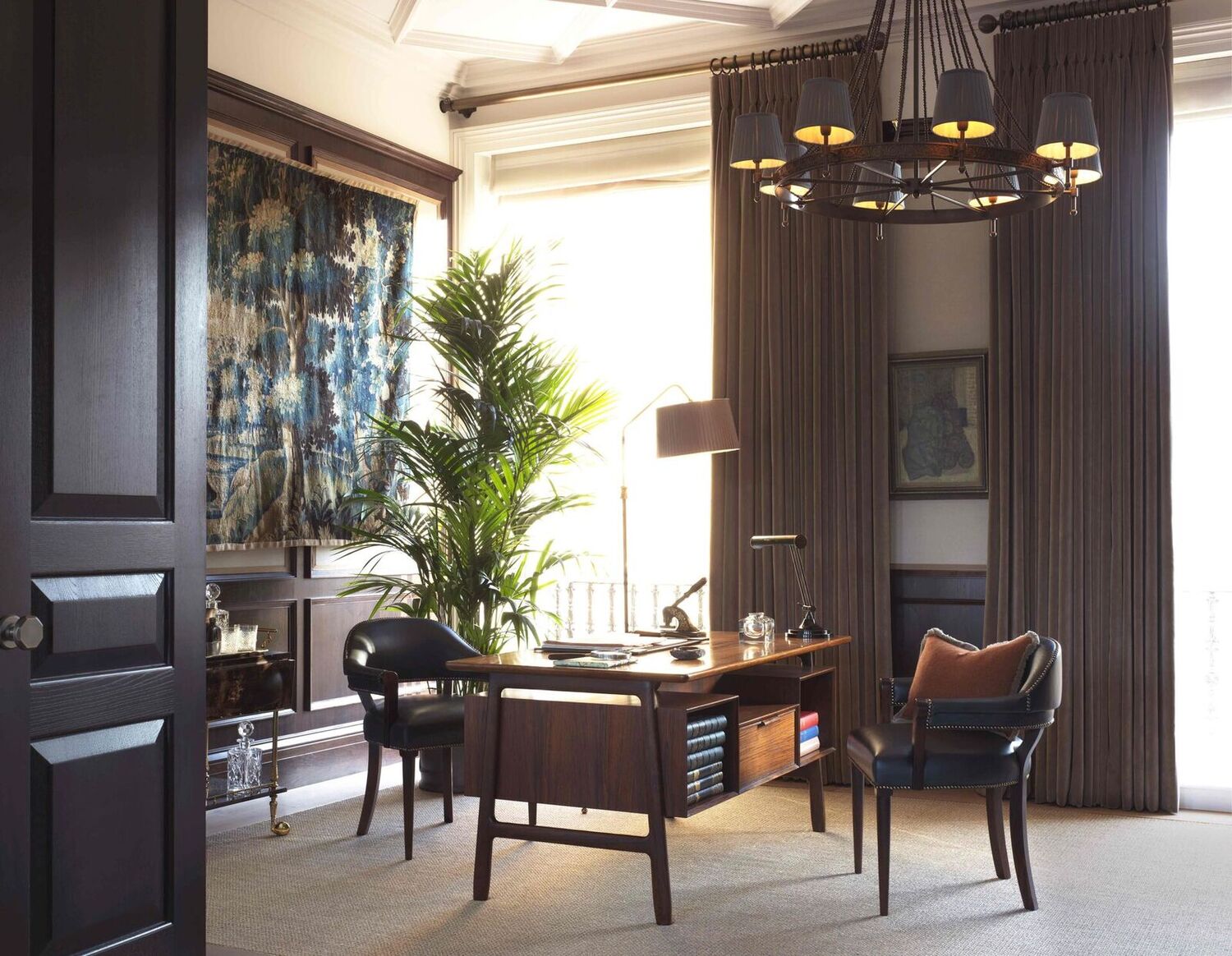

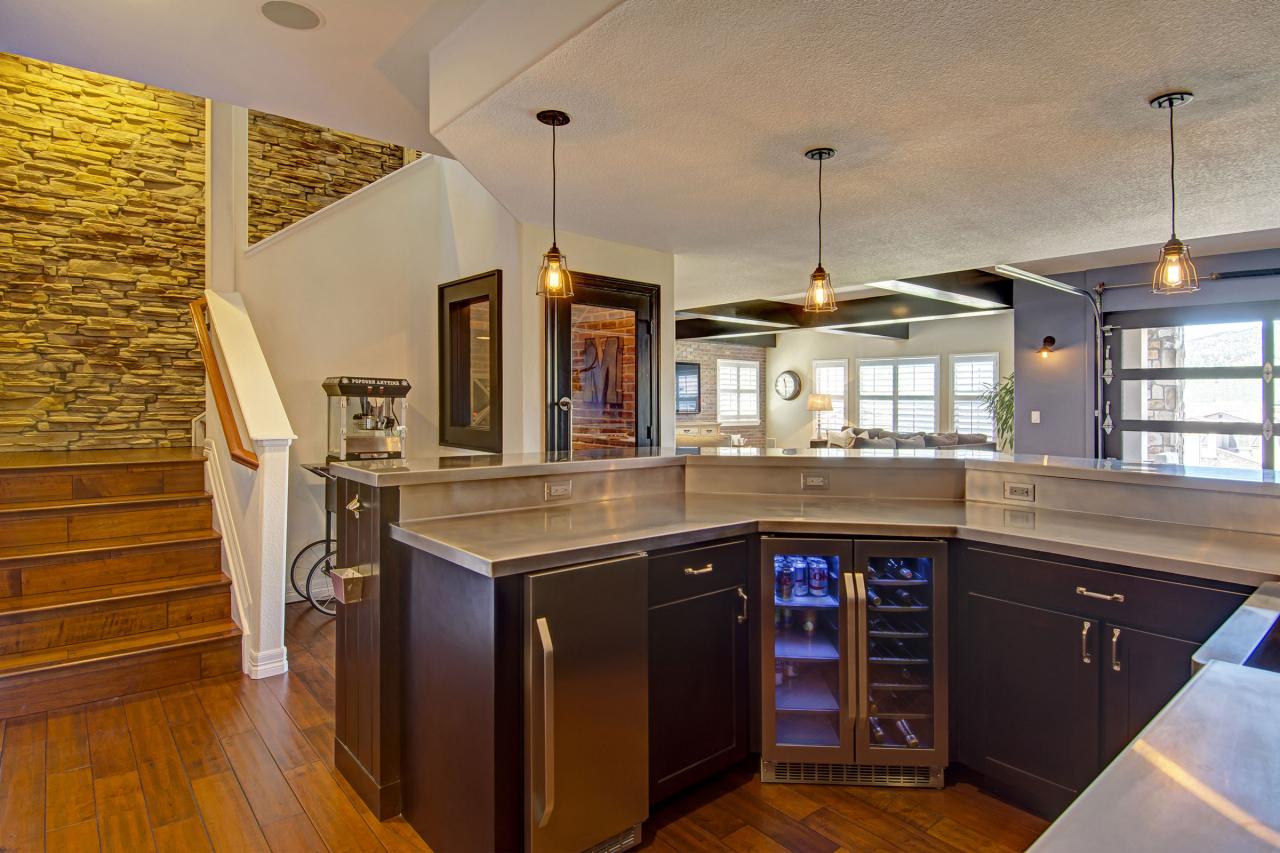
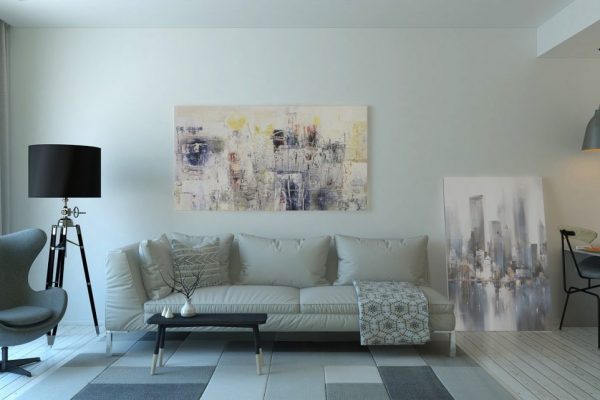

0 thoughts on “How To Make A Moodboard: 6 Ways To Elevate Your Decor”